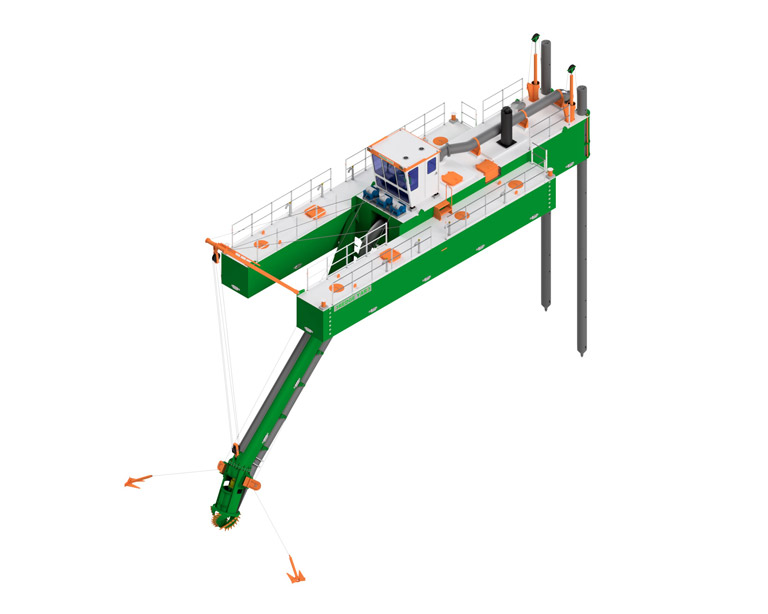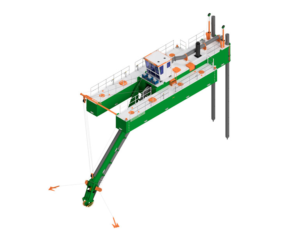
Dredge equipment is good for maintaining waterways and carrying out excavation projects, but it operates in challenging environments that can lead to wear and tear. Regular inspection and maintenance are essential to ensure that your dredging equipment remains in optimal condition, reducing downtime and extending its operational life.
Here’s an inclusive guide on how to inspect and maintain your dredge equipment effectively.
Perform daily inspections:
Daily inspections are fundamental to identifying issues before they escalate. Begin by checking the equipment for visible signs of damage, leaks, or irregularities. Inspect the dredge pump, hydraulic systems, and cutting tools for any signs of wear or malfunction. Ensure that all gauges and meters are functioning correctly and that fluid levels are within recommended ranges. Address any issues immediately to prevent further damage.
Check and maintain hydraulic systems:
Hydraulic systems are integral to dredging operations, powering many of the equipment’s key functions. Regularly inspect hydraulic hoses and connections for signs of leaks, cracks, or wear. Check hydraulic fluid levels and top up as necessary. Contaminated or low hydraulic fluid can lead to decreased performance or damage to the system. Follow the manufacturer’s guidelines for hydraulic fluid changes and maintenance schedules.
Examine and clean the dredge pump:
The dredge pump is one of the most vital components of your equipment. Inspect the pump daily for any signs of erosion, cavitation, or damage to the impellers and casings. Clean the pump regularly to remove sediment and debris that could impair its performance. Pay particular attention to the seals and gaskets, as these are prone to wear and may need replacement. Ensure that the pump is operating efficiently to maintain optimal dredging performance.
Inspect and replace wear parts:
Wear parts such as cutter teeth, liners, and blades are subject to high levels of stress and abrasion. Regularly inspect these components for signs of wear or damage. Replace worn or damaged parts quickly to prevent them from affecting the efficiency of your dredging operations. Keep an inventory of spare parts on hand to facilitate quick replacements and minimize downtime.
Conduct routine maintenance:
Along with daily checks, routine maintenance tasks are important for keeping your dredge equipment in good working order. Follow the manufacturer’s maintenance schedule for tasks such as lubricating moving parts, adjusting tension on belts and chains, and servicing engines and other mechanical systems. Regular maintenance helps to prevent unexpected breakdowns and extends the life of your equipment.







